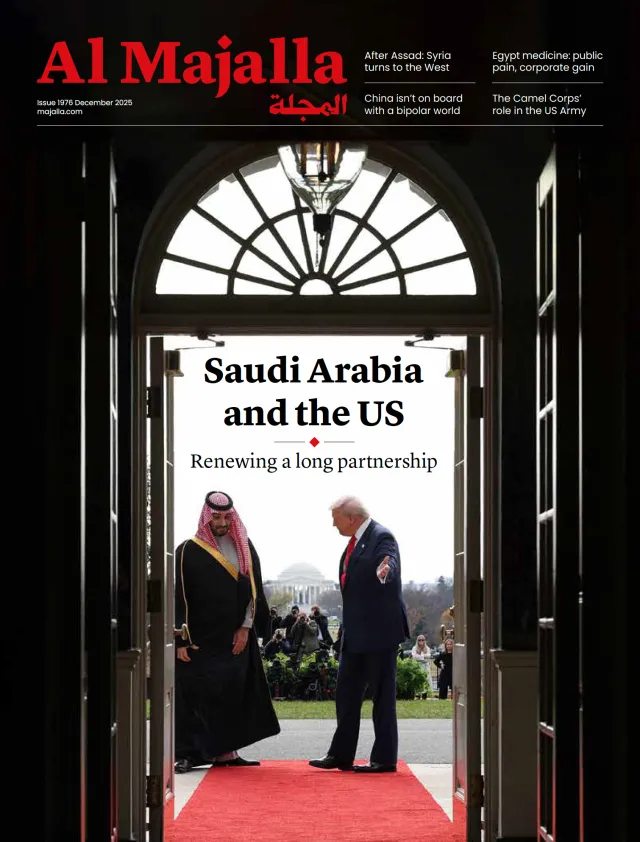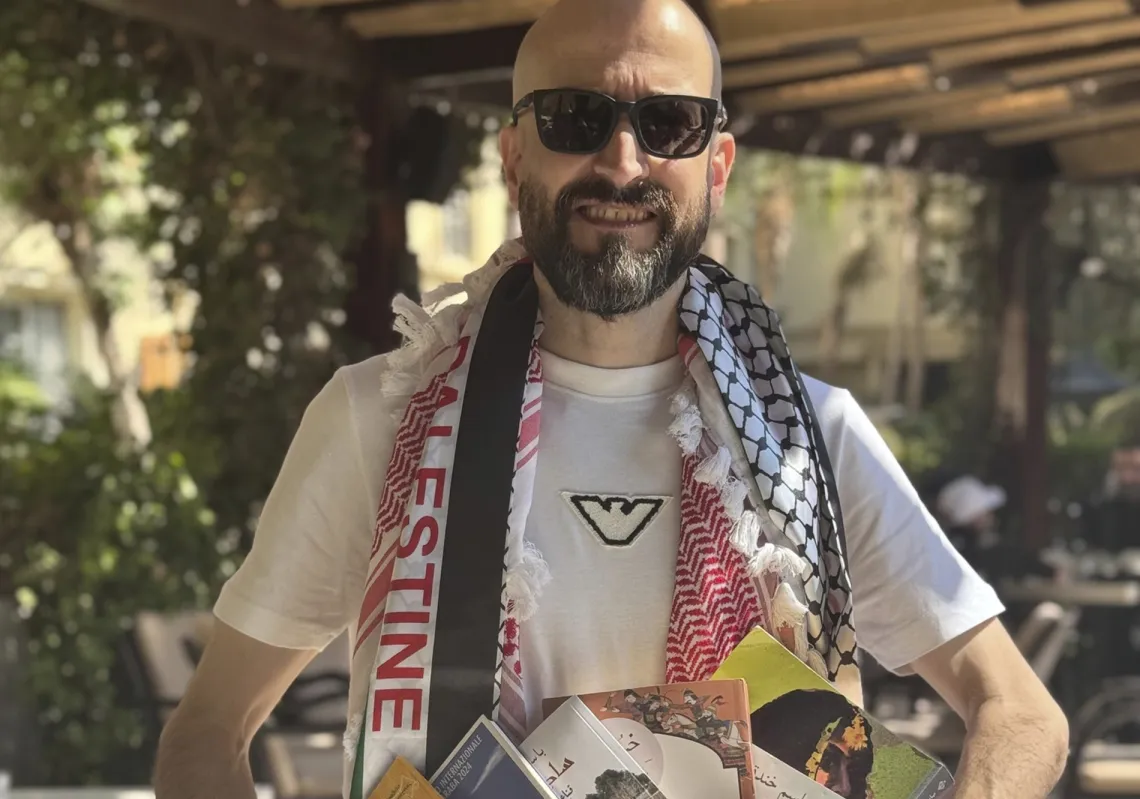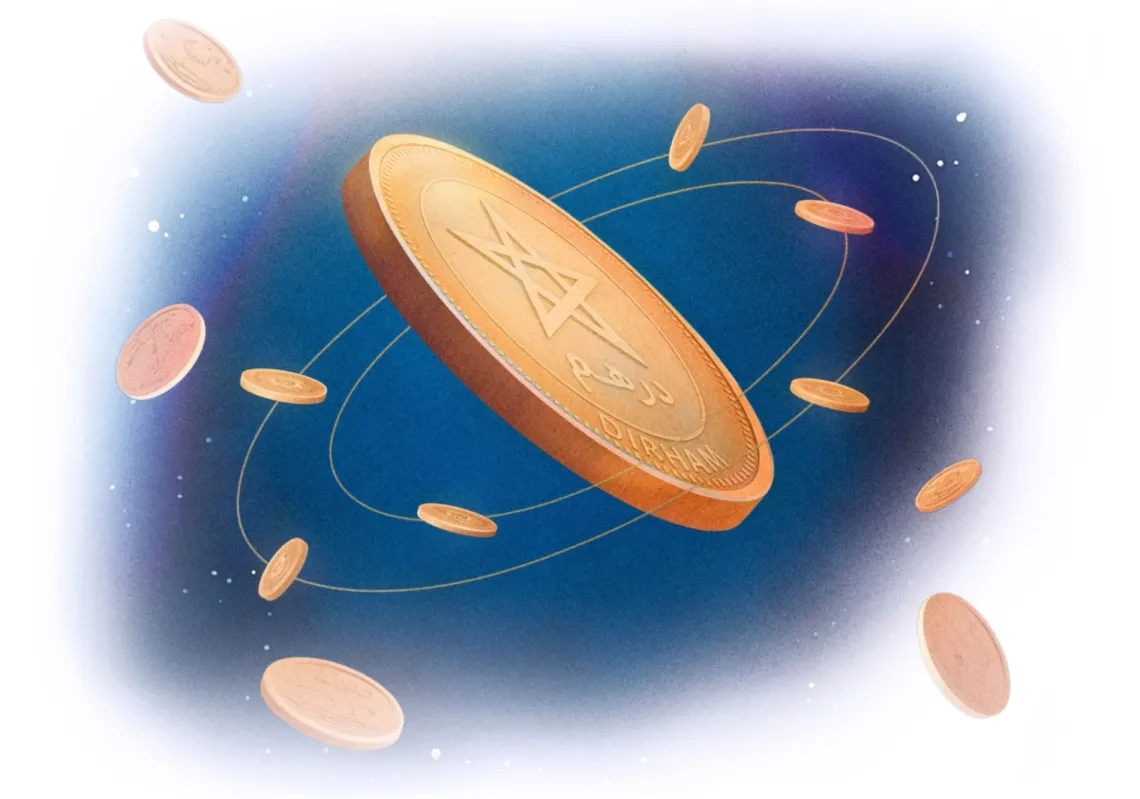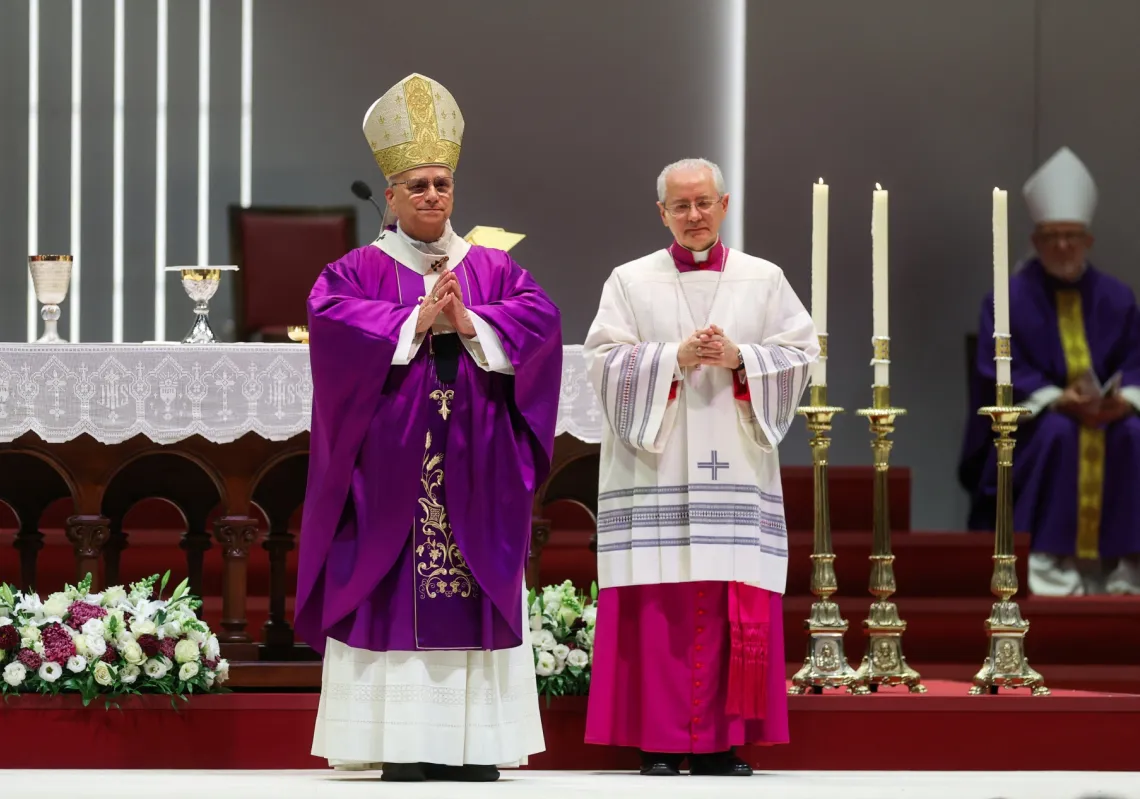With each passing day, some new horror comes to light—the torture of Palestinian detainees, for example. Within hours, the Israeli government says it is investigating, knowing that this will be enough to appease most journalists who will move onto the next story. For mostly everything else, they happily adopt the Israeli narrative, which goes like this: War is ugly. Yes, civilians are being killed, but only because they are being used as human shields. We are 'forced' to kill. This was not of our making.
The Israeli army has, on occasion, said its heavily armed soldiers opened fire because they "felt threatened", despite such actions running contrary to military logic or protocols. This, from one of the world's most professional fighting forces, supposedly. But fewer and fewer people are being fooled. Our eyes see, and our ears hear. The war on Gaza is being waged in the age of social media, broadcast around the clock. It is not only civilians being killed in this narrow strip of land but journalists and aid workers, too.
The dominant forces of the international community have proven entirely incapable of stopping the carnage or even reducing its scale, despite the scenes of horror defying description.
Mothers and fathers mourning their children; children saying goodbye to their parents, siblings, and friends; babies with severed limbs; bodies torn beyond recognition. Gaza's cacaphony of screams, weeping, and desperate pleas seem to reach no one and lead nowhere.
The people of Gaza keep appealing to the Arab world and the international community, yet they now know that their voices, even if heard, will yield no relenting, no respite, nothing of any help. These are no longer the cries of people hoping to be rescued. These are the cries of those with nothing left but their voice, whose screams and pleas are the only means to express their pain and despair—until those screams are silenced, too.
No tears left to cry
A few days ago, something captured the entire tragedy in one quiet moment: a child gently stroking the hair of his killed friend—too young to appeal, too young to assign blame, too young even to cry out. From the few seconds of video, we cannot quite tell what moved him to run his fingers through his friend's hair like that. Perhaps he was trying to comfort him in the loneliness of death, to tell him that he was not alone, that he was there by his side.
He says nothing. He neither cries nor looks at the camera. He simply offers the purest expression of love and tenderness that can be made. The boy's hand, resting on his dead friend's hair, links him to the world he has just left behind—a world that betrayed him, that abandoned him to this desolate fate.
In that moment, the boy is no longer a child. Rather, he represents the other boy's father, mother, siblings. He becomes an absent family, an entire people, slaughtered. All contained in one touch.
If no one follows up this story, it may be because journalists themselves are being killed, just like everyone else, or because the pace, scale, and ferocity of death offers no time to do so. People in Gaza move quickly from one massacre to the next, one video to the next.
Try as it might, the world will not be able to forget what has happened in Gaza since October 2023, nor can any form of political spin be able to erase the crimes inflicted on its people. By now, the videos have surely reached every corner of the globe, seared into the world's collective conscience.
















